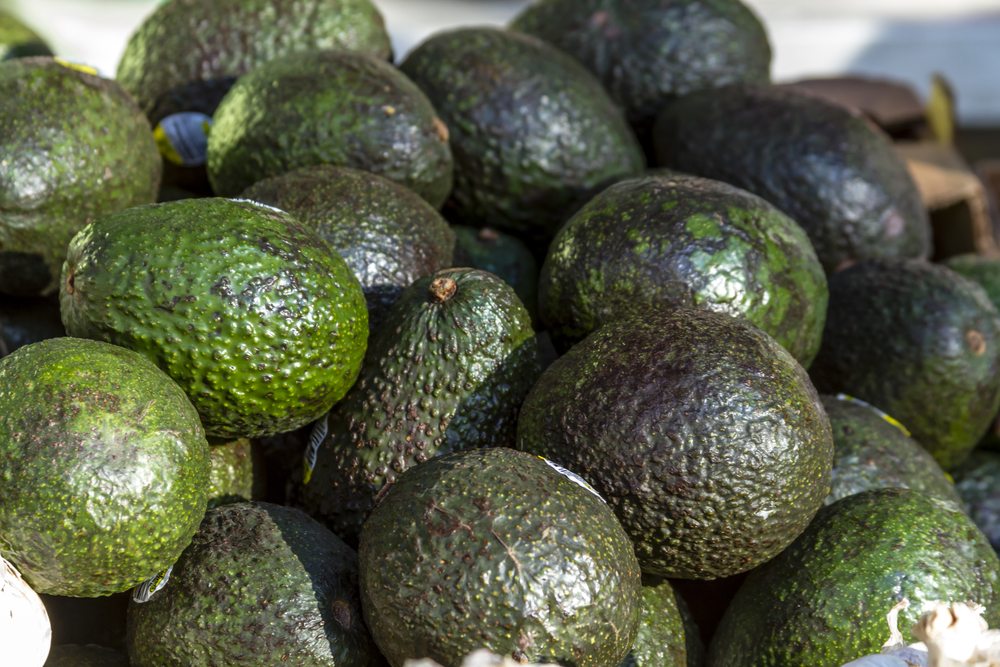
By Clint Thompson
Laurel wilt disease impacted Florida’s avocado production so much over the past decade, acreage dropped 40%. Jonathan Crane, University of Florida Institute of Food and Agricultural Sciences (UF/IFAS) professor and tropical fruit crop specialist, estimated that 300,000 trees were lost.
However, production may be on the rebound, and Crane explains why. His reasoning centers on the ambrosia beetle, the vector of Laurel wilt.
“What has been happening is the people that are staying in the business, the 60% of acreage that is still there, people have been replanting their groves. It turns out these ambrosia beetles actually need big, thick, old trees. You’re talking about trees that are 20-plus years old,” Crane said. “They make galleries inside the host tree. Inside those galleries they reproduce. Small trees of limited diameter aren’t useful to them. They don’t generally attack those (younger trees).”
Disease Background
In 2011, ambrosia beetles started showing up in avocado production areas. A year later, the first avocado tree was killed. In 2012 until now, this disease has been spread by, and actually now, it’s more than one ambrosia beetle. There are about four or five beetles that can transmit this disease. They’re the long-distance transmitter of the disease.
Crane explains that the other is the disease can move through root-grafted trees.
“If the roots are grafted to one another, one tree to the next, it can move from a sick tree to a healthy tree. That has been a huge problem for us because most of our groves, prior to this pathogen showing up, were 30 or 40 years old. Many of the groves, all of the trees are connected by their roots. It would just move through a grove very quickly,” Crane said.
Younger trees are not root grafted to their neighbors which should protect them from Laurel wilt.
Laurel wilt is an invasive, lethal disease in the southeastern United States spread by a fungus transmitted by the ambrosia beetle. The disease wilts and then browns tree leaves, killing entire trees in only a few weeks.
“This is like citrus greening on steroids. It kills the tree in four to eight weeks,” Crane said.
UF/IFAS recommends that growers remove and destroy trees in decline. These can be breeding sites for ambrosia beetles. It is also important to keep groves pruned, as beetles prefer shady areas and are less likely to relocate to groves that are well pruned.










